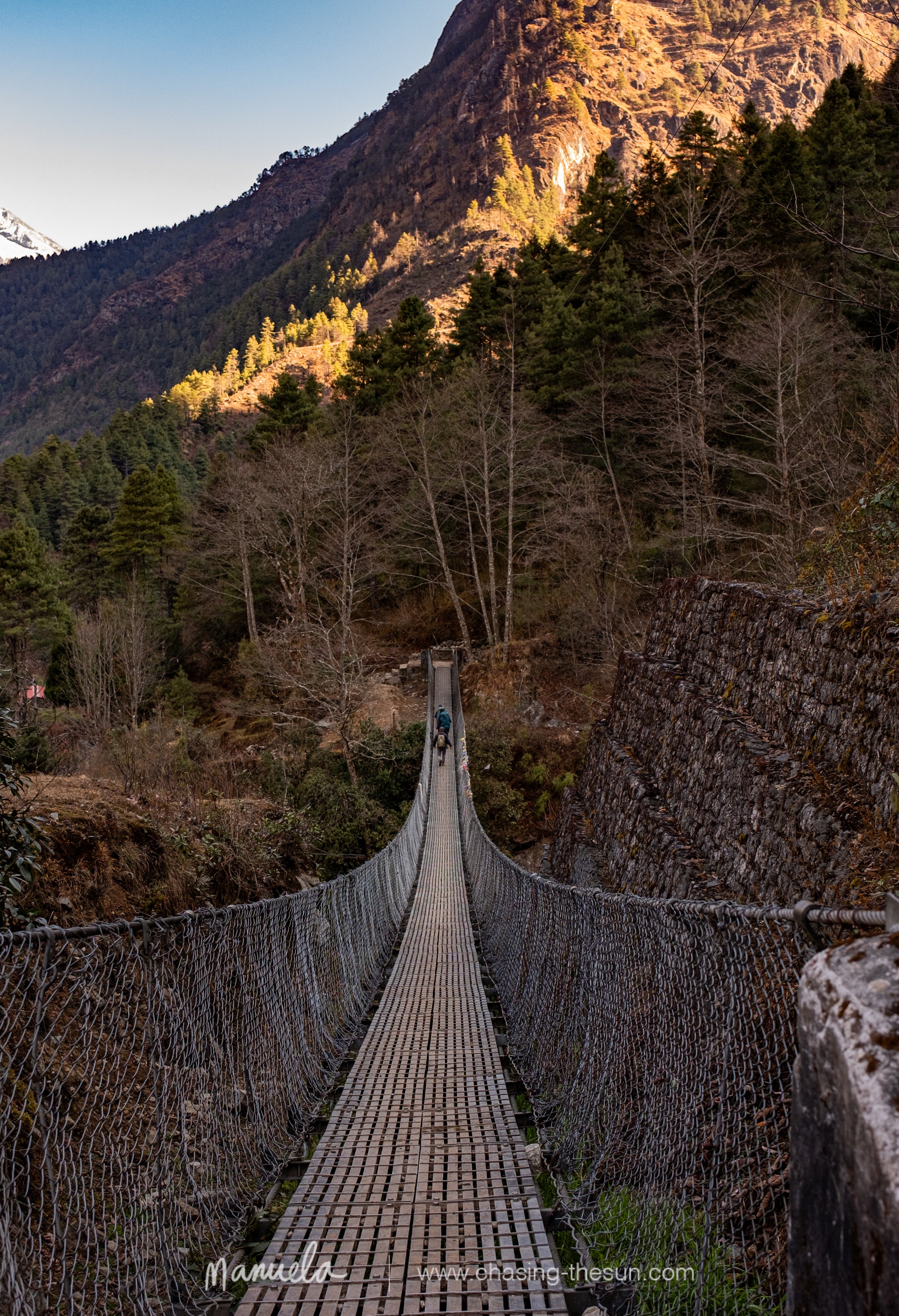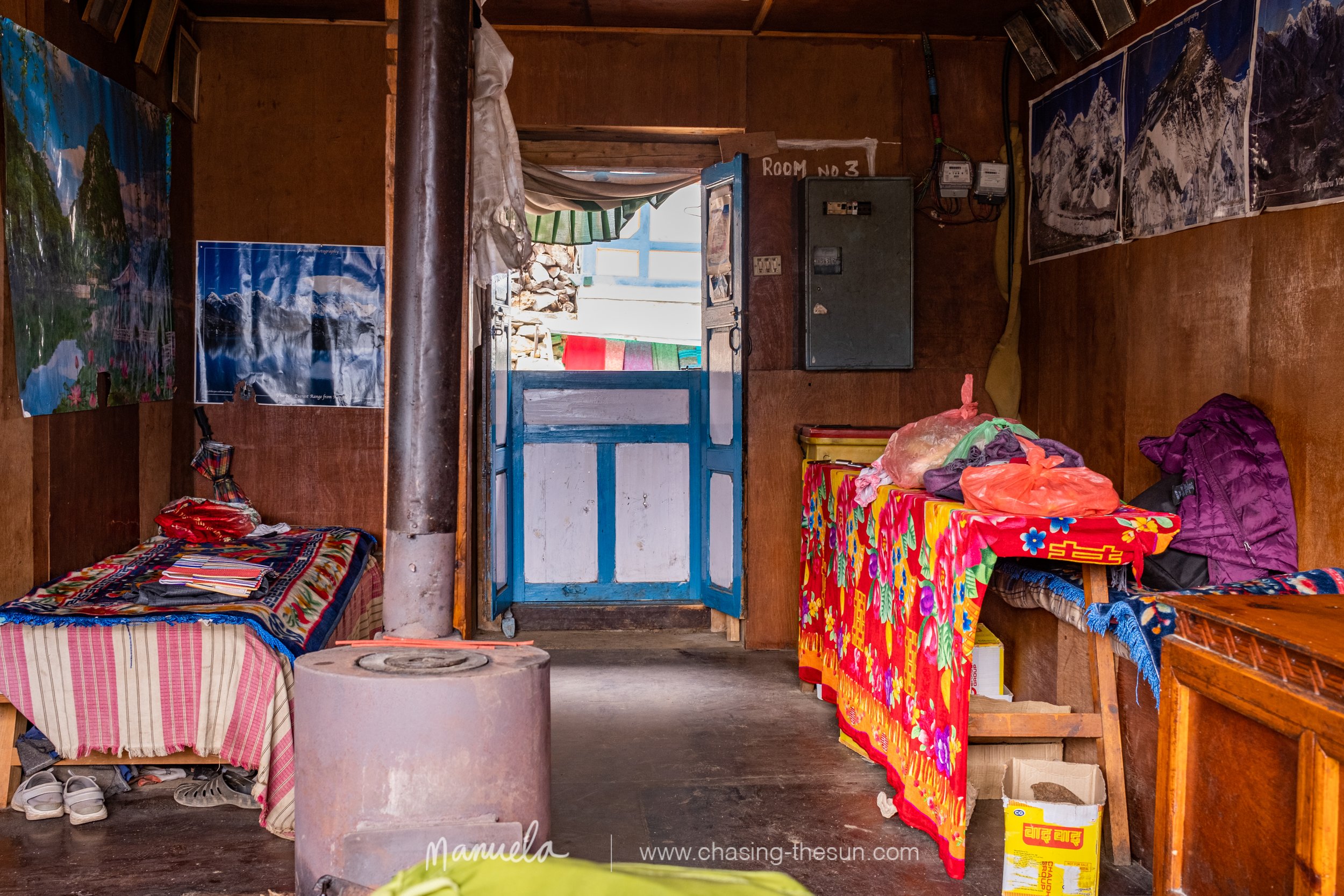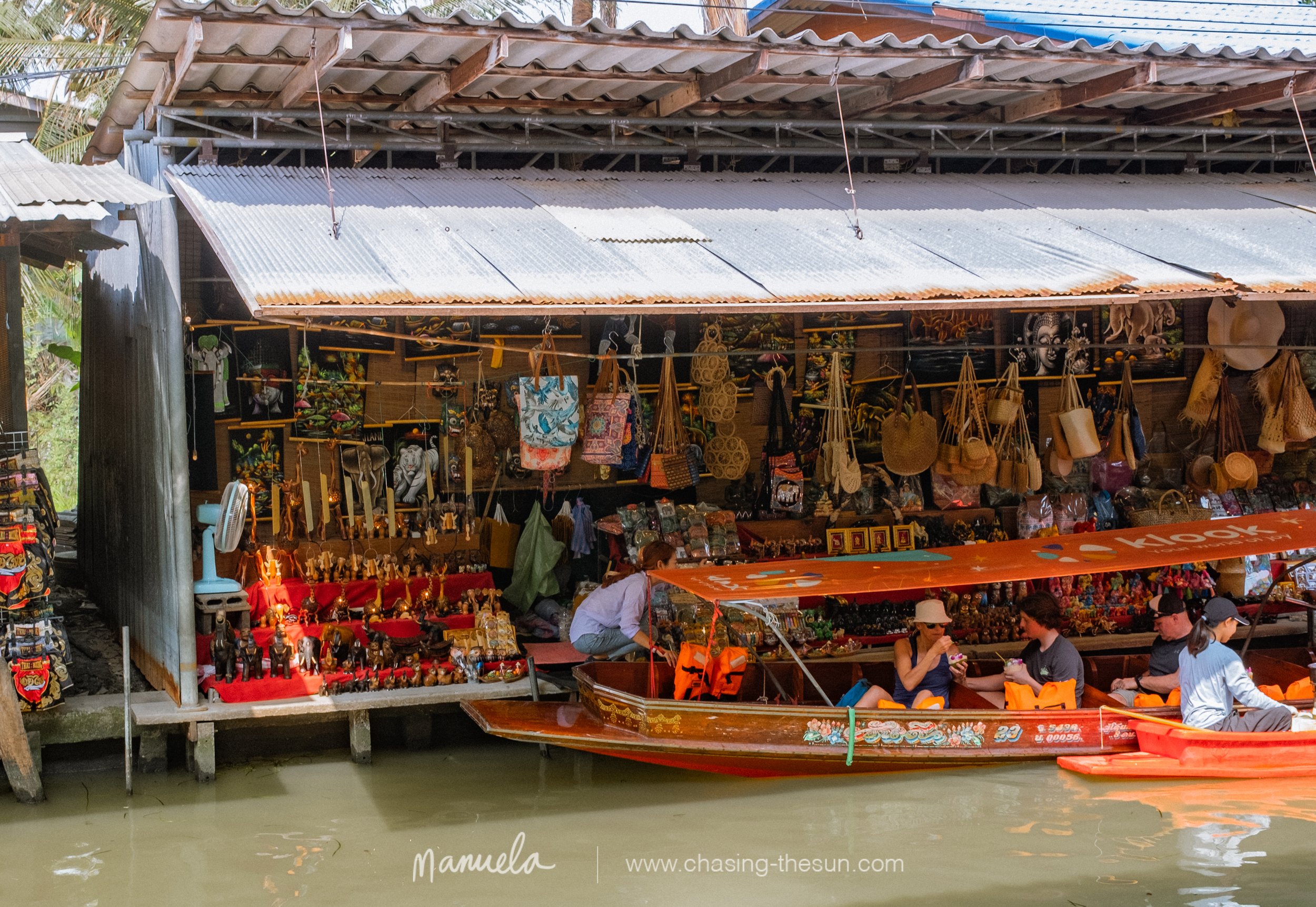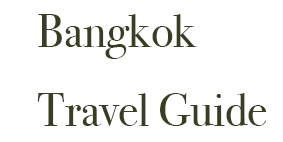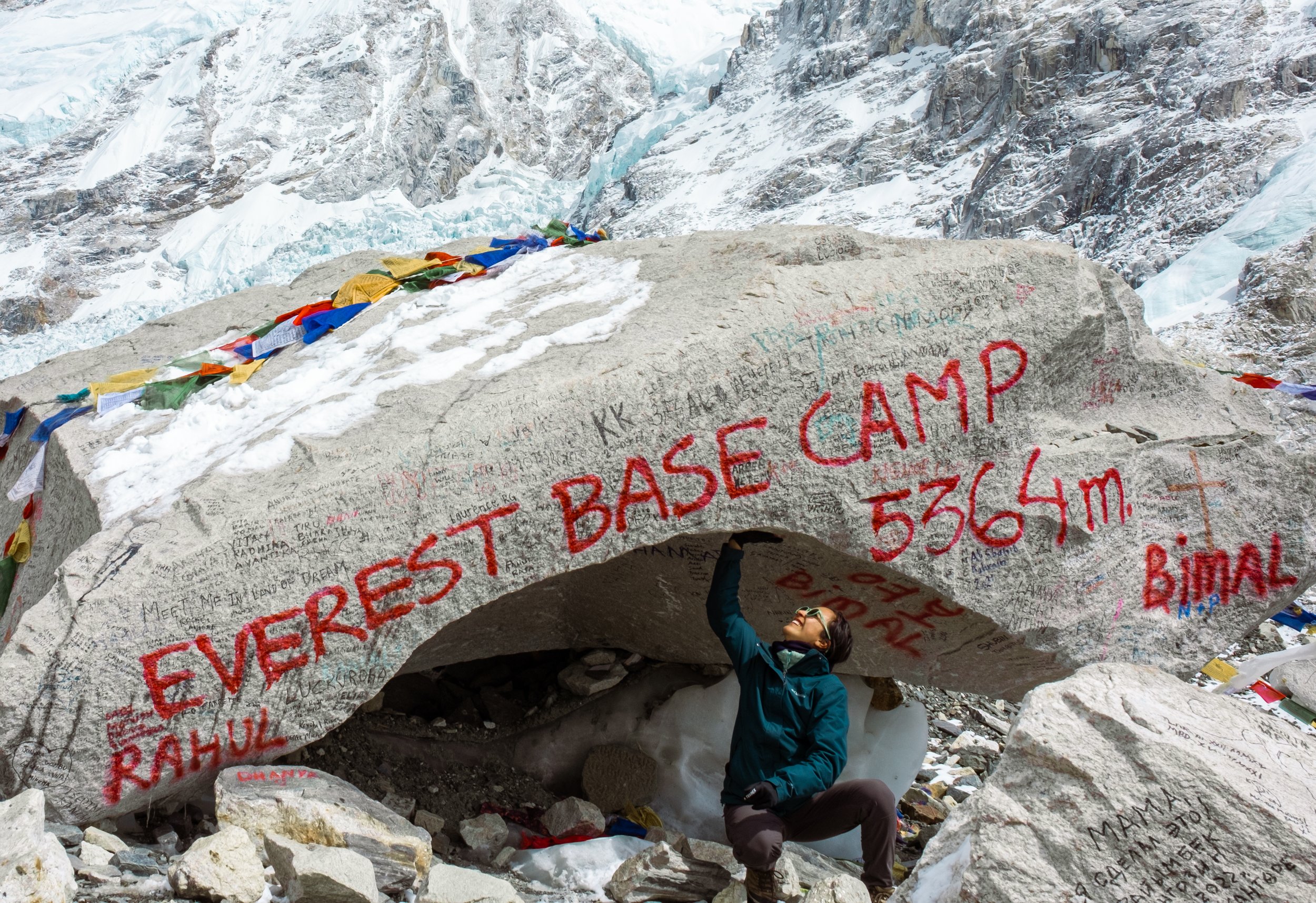
Overview
Distance: 120 km (75 mi)
Days required: 12 days
Total Ascent: 6015 m (19 734 ft)
Highest Point: 5640 m (18 500 ft) including Kala Patthar
Difficulty:
The Everest Base Camp trek is considered moderately challenging, typically spanning two weeks in duration. While prior trekking experience is not necessary, it is advisable for trekkers to possess determination and physical fitness.
Permits:
Local Government fee (NPR 2000/US$17 pp.), Sagarmatha National Park permit (NPR 3000/US$25 pp.) is required
*Optional Permit | Gaurishankar Conservation Area Permit
No TIMS card is needed for the trek.
Accommodation: Tea houses
Getting to Lukla
Lukla, positioned at an elevation of 2,860 meters, serves as the primary entry point for trekking adventures in Nepal's Everest region. The preferred and accessible approach to reach Lukla involves catching a domestic flight departing from Kathmandu. This brief flight spans approximately 35 minutes, treating passengers to awe-inspiring vistas of the Himalayan landscape
For those seeking a luxurious travel experience, there's the option of a helicopter journey from Kathmandu to Lukla.
Alternatively, you can embark on a road trip from Kathmandu to the lower Everest region and trek for several days to ultimately reach Lukla. Be mindful that this choice demands more time and physical exertion. Whichever route you decide upon, prudent planning and booking tickets in advance are advisable to evade any unforeseen complications.
A growingly favored alternative for reaching Lukla involves driving from Kathmandu to Ramechhap, a 4-5 hour drive, and then catching a flight from Ramechhap airport to Lukla. This approach is gaining popularity due to fewer crowds on flights from Ramechhap to Lukla, along with the airport's lower susceptibility to weather disruptions compared to the Kathmandu airport.
Domestic Flight
A single journey from Kathmandu to Lukla is priced at approximately US $180 per individual for foreign travelers, while Indian nationals are charged NRP 14,700 per person. For Nepalese citizens, the airfare from Kathmandu to Lukla is NRP 5,500 per person.
These are the airlines that offer flights to Lukla from Kathmandu: Tara Air, Yeti Airlines, Guna Airlines, Simrik Airlines, Sita Air, Makalu Air, Summit Air, Shree Airlines, and Nepal Airlines
Private Helicopter
Traveling by helicopter from Kathmandu is a swift journey, with the flight lasting about 45 minutes. Chartering a helicopter for this route typically ranges from US $2,500 to US $3,800. These helicopters have a capacity for up to five passengers, and you have the option to share the cost with your fellow travelers.
Trek From Phalpu To Lukla
Trekking from Phaplu to Lukla offers a more stable alternative to the unpredictabilities associated with Lukla flights. When taking the traditional Lukla route for the Everest Base Camp trek, adverse weather conditions can significantly impact flight schedules, often resulting in cancellations. Conversely, the Phaplu route provides a reliable option. Despite the similar altitudes of Phaplu and Lukla, trekkers benefit from improved acclimatization on the former route.
Is the guide mandatory on 2024 to trek EBC?
Starting from April 1, 2023, the Nepalese government has implemented new regulations stipulating that travelers are now required to have a professional guide when embarking on a trek to Everest Base Camp.
2. Trekking Permits
Everest Base Camp is situated within the protected area of the Sagarmatha region, and as such, an entry permit is mandatory for any trek in the Everest region. These Everest Base Camp Trek Permits encompass permissions from the Khumbu Pasang Lhamu Rural Municipality (Trek Card), Sagarmatha National Park, and, optionally, the Gauri Shankar Conservation Area.
Sagarmatha National Park Entry Permit
To secure a Sagarmatha National Park Entry Permit, you have two options. If you are in Kathmandu, you can obtain it at the Nepal Tourism Board in Kamaladi. Alternatively, if you're already in Lukla, you can hike up to Monjo Village and acquire it at the local checkpost.
Cost for Foreigns: NRS 3.000 (aprox)
Cost for SAARC Countries: NRS 1.000 (aprox)
Cost for Nepalese Trekkers: NRS 100
Cost for children under 10: FREE
Khumbu Pasang Lhamu Municipality Entry Permit
The Khumbu Pasang Lhamu Rural Municipality Entrance Permit is a recently introduced permit authorized by the local government in the Khumbu region.
Trekkers can acquire this permit by paying a fee of Nepalese currency Rs. 2,000, and it is available for purchase in either Lukla or Monjo.
Gaurishankar Conservation Area Permit (Optional)
The Gaurishankar Conservation Area Permit is an optional license that may be needed for those planning to undertake the Everest Base Camp Trek.
Gaurishankar Conservation Area Permit costs around NRs. 3000 per person
3. Expenses
If you're gearing up for an adventure like the Everest Base Camp Trek, it's crucial to crunch the numbers on your travel expenses. The price of this trek can vary significantly, ranging from a minimum of $800 to a maximum of $5,000. The final cost hinges on the level of service and the duration of your trek.
For those opting for a luxurious Lodge Trekking experience, you can expect to invest between $2,000 and $3,000 per person. On the other hand, if you're considering Everest Helicopter Trekking, be prepared to spend between $4,000 and $5,000 per person. As for the standard EBC Trek package, a typical 12 to 15-day journey will typically run you between $1,200 and $1,500 per person. Inclusions typically cover permits, round-trip flights from Kathmandu to Lukla, accommodation, and meals. However, it's important to note that visa fees, trekking expenses, and travel insurance are not part of the booking price.
4. Get a good insurance
In the elevated terrain of Everest Base Camp, where the potential for altitude sickness and other unforeseen medical situations looms large, travel insurance becomes an indispensable safeguard for your well-being and peace of mind.
Seek out adventure travel insurance companies with a proven track record of insuring high-altitude trekking destinations such as Everest Base Camp. Prior to making your decision, evaluate factors such as coverage, exclusions, reputation, and cost.
There are several insurance options to choose from, but I highly recommend World Nomad Insurance, a company with a longstanding history of providing coverage and receiving consistently positive reviews.
5. Dealing with altitude sickness
Altitude sickness, also known as acute mountain sickness (AMS), is a medical condition that can occur when an individual ascends to high altitudes, typically above 8,000 feet (2,400 meters) or more, at a rapid pace. It is primarily caused by the reduced oxygen levels and lower air pressure at higher elevations. Altitude sickness can affect anyone, regardless of age, fitness level, or previous high-altitude experience. There are three main forms of altitude sickness:
Acute Mountain Sickness (AMS): This is the most common and mildest form of altitude sickness. Symptoms usually include headaches, nausea, fatigue, dizziness, and difficulty sleeping. AMS typically occurs within the first 6 to 12 hours after arriving at a high altitude. It can resolve itself by descending to a lower altitude.
High-Altitude Pulmonary Edema (HAPE): HAPE is a more severe form of altitude sickness that affects the lungs. Symptoms may include severe shortness of breath, coughing, fatigue, and a rapid heartbeat. This condition can be life-threatening and requires immediate descent and medical intervention.
High-Altitude Cerebral Edema (HACE): HACE is the most severe and dangerous form of altitude sickness. It affects the brain and can lead to confusion, hallucinations, loss of coordination, and even coma. HACE is a medical emergency and demands immediate descent and treatment.
Preventing altitude sickness is crucial, and acclimatization is the most effective way to minimize the risk. This involves ascending slowly and allowing your body to adjust to the lower oxygen levels over time. Other preventive measures include staying hydrated, avoiding alcohol and excessive exertion in the early days at high altitude, and considering medications like acetazolamide under medical guidance.
It's important to recognize the symptoms of altitude sickness and take them seriously. If symptoms worsen or if you suspect HAPE or HACE, immediate descent to lower altitudes is essential, and seeking medical help is critical. People planning to travel to high-altitude areas should educate themselves about altitude sickness and be prepared to act accordingly to ensure their safety and well-being.
6. Best time to go
The best time to trek to Everest Base Camp (EBC) in Nepal typically falls into two main trekking seasons: the pre-monsoon (spring) and post-monsoon (autumn) seasons. These are generally considered the optimal times due to favorable weather conditions. Here's a breakdown of the best times to trek to Everest Base Camp:
Spring Season (Pre-Monsoon):
March to May: Spring is one of the most popular times to trek to Everest Base Camp. During this season, the weather is relatively stable, with clear skies and pleasant daytime temperatures. The rhododendron forests bloom, adding vibrant colors to the landscape.
Autumn Season (Post-Monsoon):
September to November: This is another excellent time for trekking to Everest Base Camp. Autumn offers stable weather conditions, with clear skies and crisp, cool temperatures. The trails are usually drier, and visibility is excellent, providing stunning views of the Himalayan peaks.
Both of these trekking seasons have their advantages, and your choice may depend on your preferences and schedule. However, it's important to note that these are also the busiest times on the EBC trekking route, so accommodations can fill up quickly. Be sure to book your trek and accommodations well in advance.
While these are the primary trekking seasons, it's also possible to trek to Everest Base Camp during the winter (December to February) and monsoon (June to August), but these periods come with challenges like colder temperatures, snow, and the potential for cloudy skies and heavy rain, making the trek more difficult and less popular.
Ultimately, the best time for your Everest Base Camp trek depends on your preferences for weather and crowd levels. Regardless of the season you choose, thorough preparation and acclimatization are essential for a safe and enjoyable trek to this iconic destination.





